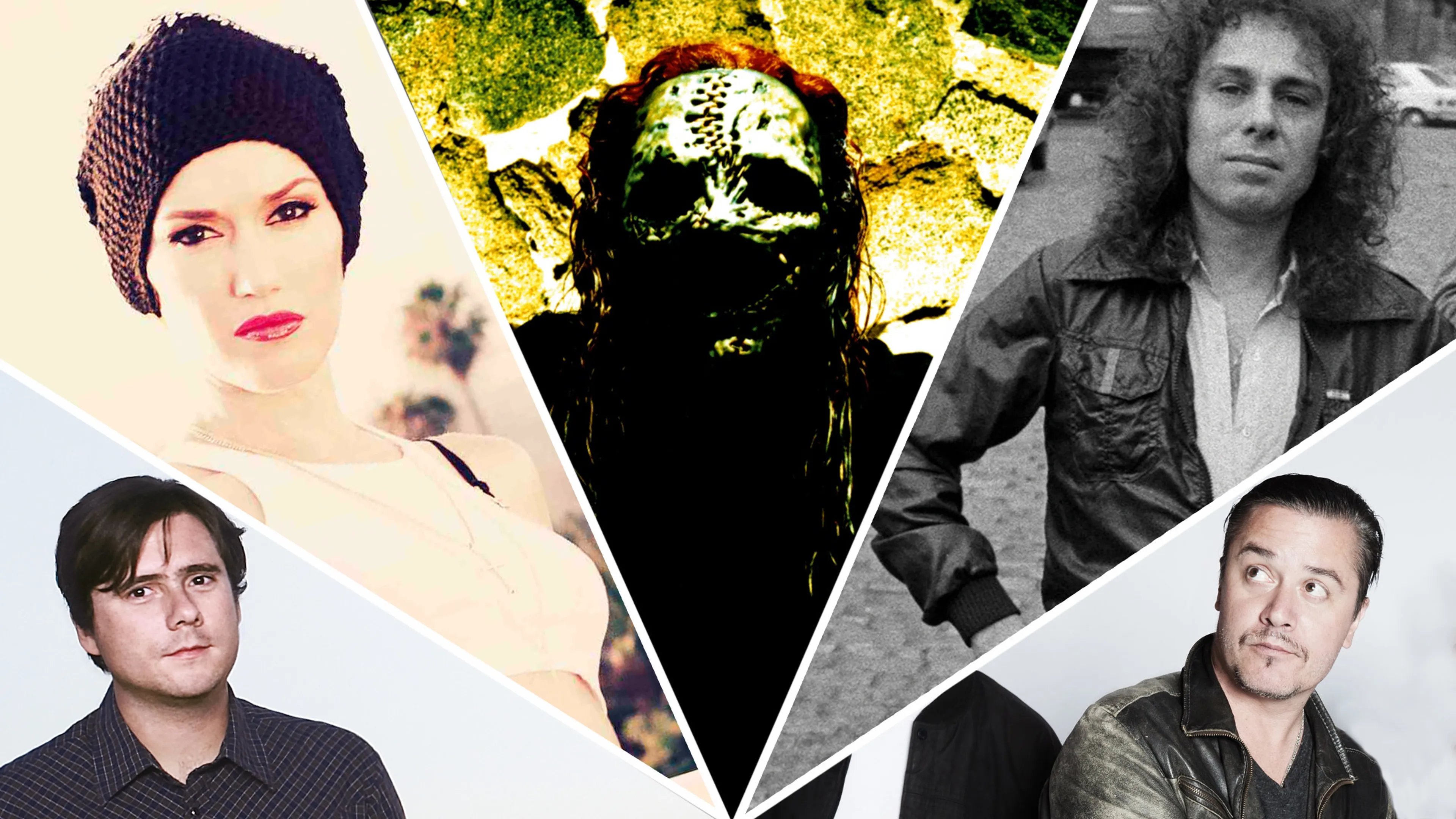News
Corey Taylor performs Chappell Roan’s Pink Pony Club into Slipknot’s Spit It Out
At this weekend’s SPOOKALA horror and pop culture convention, Corey Taylor played a 14-song setlist including Stone Sour and Slipknot, plus covers of Violent Femmes, Nine Inch Nails and even Chappell Roan.
